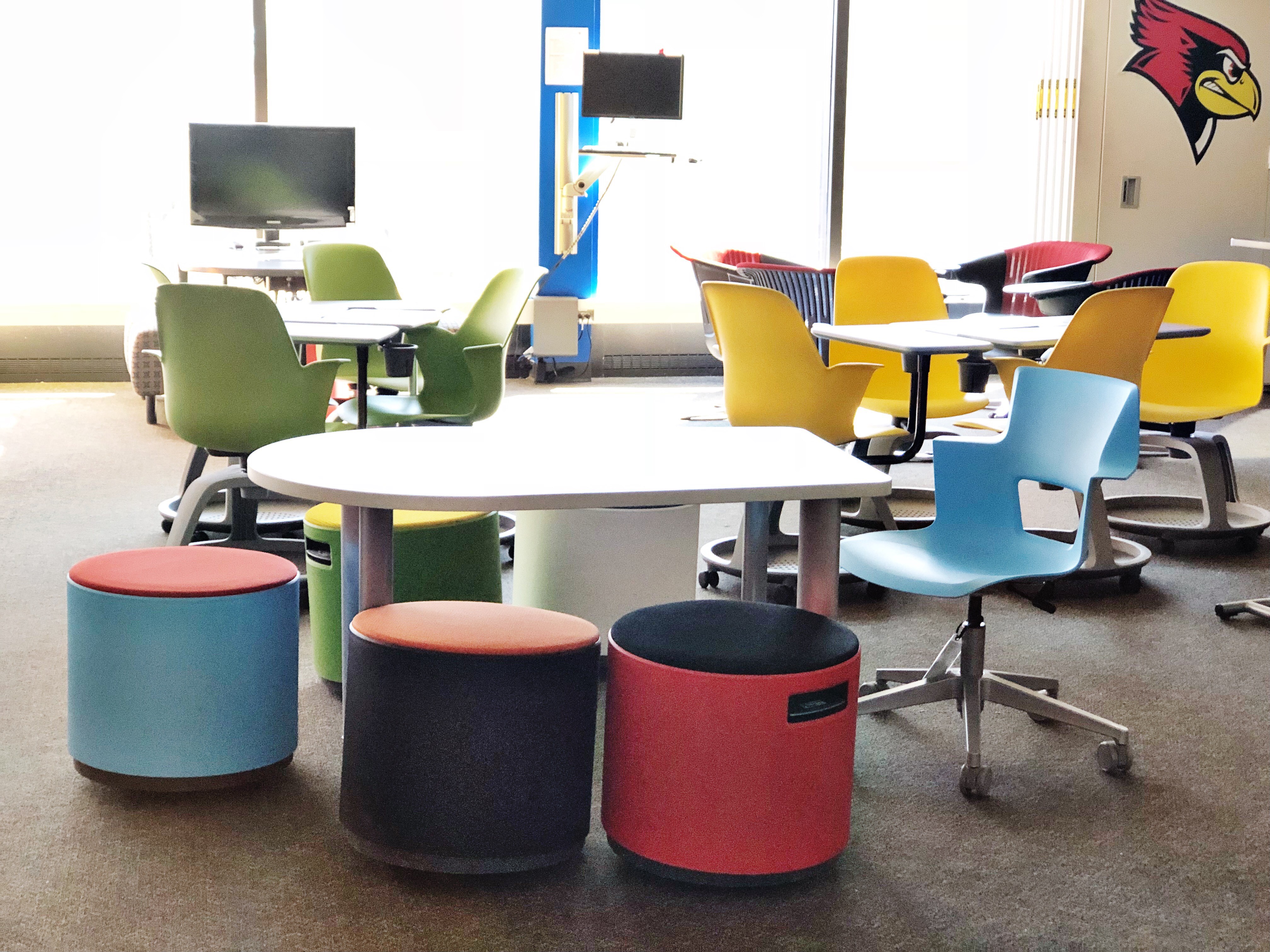Here are some new resources and news for the field of higher education.
How Do We Save Higher Education in Illinois? Jim Nowlan, former legislator and senior fellow at the University of Illinois’ Institute of Government and Public Affairs, lays out recommendations to improve the higher education system in Illinois. (Peoria Journal-Star)
The Secret Behind the Greatest Upset in College Basketball History People now know the University of Maryland, Baltimore County, as the ultimate Cinderella, an overnight social media sensation, the team that magically emerged as the first No. 16 seed to defeat a No. 1 seed in the history of the NCAA Men’s Basketball Tournament. But the story is far less fairy tale than it is classic American dream. The magic comes from questioning expectations, putting in the hard work, and staying focused.
Institutional Innovation: The Classroom of the Future for all Types of Students When it comes to how higher education leaders can get more students to their institutions, the same advice comes up over and over again — build partnerships with local K-12 districts. A plethora of these types of examples exist in everything from summer camps for high school students to mentorship programs. (Education Dive)
Catherine Rampell: Trump is bent on destroying one of our winningest exports President Trump is obsessed with trade surpluses. In his zero-sum view of the world, if we don’t sell more than we buy in a given industry, we must be losing. Yet he seems hellbent on destroying one of our winningest exports: higher education.
Report Card: States Fail High-Achieving Low-Income Students Additional findings showed that 31 states have policies to provide funding for students to take the SAT, ACT or AP tests, which can be a barrier to college for low-income students, Glynn said. (Diverse Issues in Higher Education)
Why Do Some Community College Students Use Institutional Resources Differently Than Others in Program Selection and Planning? A growing number of institutions undertaking “guided pathways” reforms are rethinking how students select programs of study, choose courses, and make other program-related choices. One primary aim is to help students make thoughtful decisions about their programs early on as a means to encourage faster and more satisfying college completion. The City Colleges of Chicago (CCC) has been undertaking a guided pathways reform effort for several years. Based largely on student interviews, this paper describes how degree-seeking students at CCC make choices about their programs in their first year of enrollment, focusing especially on how they interact with advisors and how they use college-based resources in program selection and program planning. The authors find that the complex process of program selection and planning is undertaken differently by students with greater or lesser tolerance for ambiguity, and that inconsistent or conflicting information about program details is particularly frustrating for some students. The authors recommend that institutions engaging in guided pathways reform efforts clarify advising processes and materials to reduce contradictory information and confusion. (Community College Research Center)
Winners in the Modern Workforce: Using the Language of Competency to Shift the Hiring Process In an uncertain economy, higher education, job seekers, and new graduates need to work together to better frame how people hire and get hired in the United States. By using a competency-based language focused on talent and skills that demonstrate professional readiness, employers and job seekers will be better positioned to succeed.
The Growing College Graduation Gap In recent decades, students from modest backgrounds have flooded onto college campuses. Now for the bad news: The college-graduation rate for these poorer students is abysmal. It’s abysmal even though many of them are talented teenagers capable of graduating. Yet they often attend colleges with few resources or colleges that simply do a bad job of shepherding students through a course of study.
U.S. Job Openings Soar to a Record-High 6.3 Million as Companies Seek Skilled Workers The huge demand for workers comes as the unemployment rate is at a 17-year low of 4.1%. The report shows that overall hiring increased by a much smaller amount than job openings, suggesting that employers are having difficulty finding the workers they need. (Associated Press via Los Angeles Times)
A State-Federal Partnership to Cover College Costs In addition to covering tuition and fees, the bill would provide Pell Grant students at two-year and four-year public colleges with financial aid for books, transportation, housing and other costs, which are often a financial barrier for many students, especially at community colleges. (Community College Daily)
Attainment Increases With Nondegree Credentials A new report from the Institute of Education Sciences points out that focusing on postsecondary degrees alone excludes a significant section of the labor market. (Inside Higher Ed)
Tuition Hikes Hurt Diversity New study examines impact of tuition increases. Nonselective institutions see the greatest decline in diversity. (Inside Higher Ed)
Tuition Grows in Importance Annual report on public higher education finance shows more states relying more heavily on tuition, even in a year when appropriations rose nationally.

